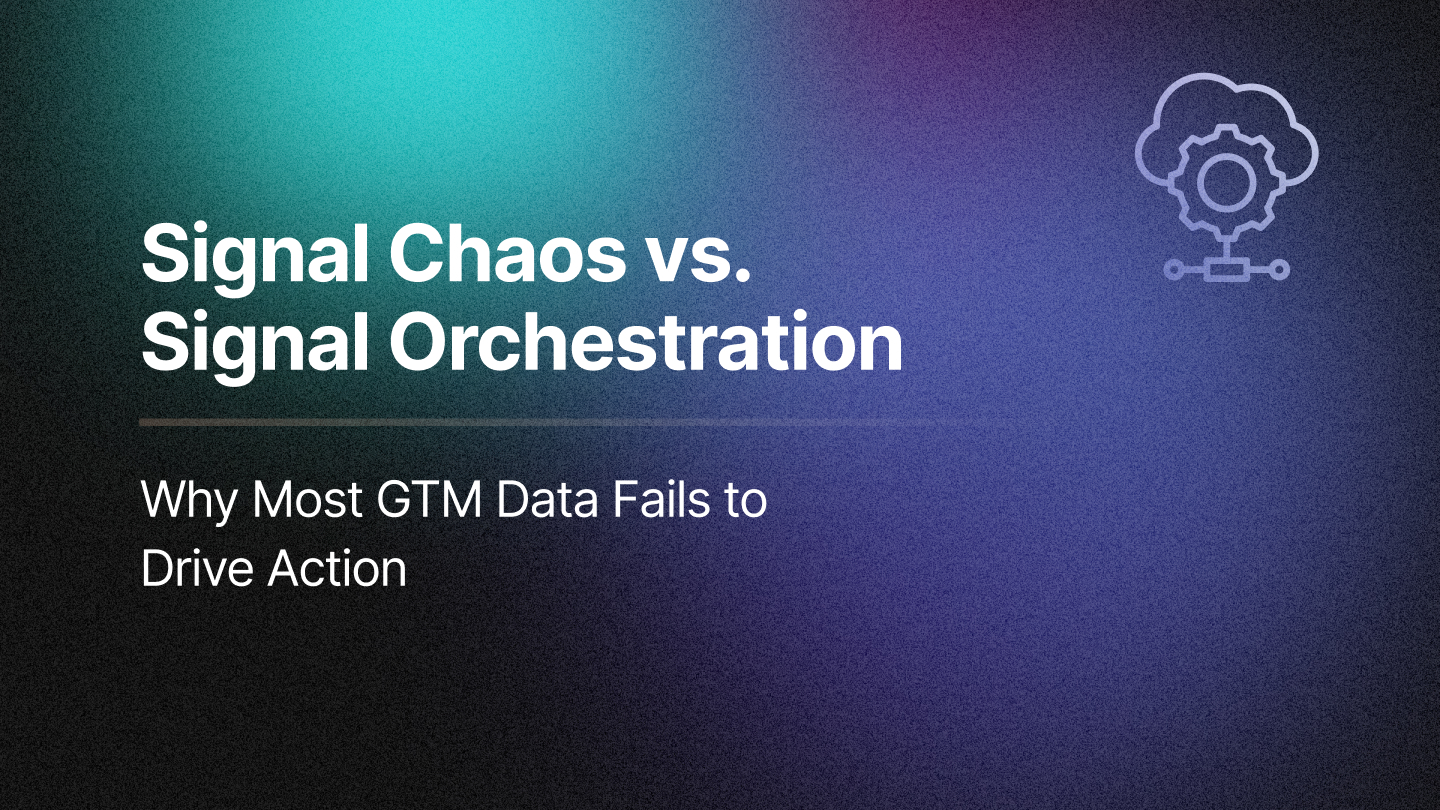B2B buying has never been a solo act. In today’s enterprise landscape, decisions are collective, involving budget owners, technical evaluators, executive sponsors, procurement, and often legal. Gartner estimates that the average enterprise deal now involves six to ten stakeholders, each engaging across different channels, timelines, and roles.
And yet, attribution models still cling to the outdated assumption of a single hero buyer. According to The State of B2B Attribution 2025, over 86% of marketers admit they either can’t connect multiple stakeholders to opportunities (44.6%) or only track the “primary decision-maker” (41.5%). The implication is stark: champions go unnoticed, influencers are overlooked, and blockers are invisible. Marketing’s true impact is systematically underreported, leaving strategy skewed and revenue opportunities missed.
The Risks of Single-Person Attribution
When attribution assigns impact to only one individual, it distorts the buying journey and introduces organizational blind spots:
- Misidentifying True Influencers: A technical evaluator whose push secured your inclusion in a shortlist never gets recognized, even though their advocacy unlocked the deal.
- Wasted Campaign Spend: Programs designed to engage finance or IT appear ineffective because their influence is ignored in reporting.
- Fragmented Sales Collaboration: Sales teams don’t see who else within the account is engaging, missing chances to coordinate outreach and accelerate deals.
At its worst, single-person attribution creates a funnel that looks deceptively efficient while undervaluing the very initiatives that build long-term revenue momentum.
The Case for Account-Level and Group Attribution
To reflect how modern deals are actually won, attribution must evolve from individual-centric to account-centric. That requires mapping every relevant interaction across an account and analyzing how the group, not just one person, shapes outcomes.
This shift is more than technical. It represents a mindset change in the GTM strategy. Instead of asking, “Which campaign closed the deal?”, leaders must ask, “Which set of programs influenced the buying group as a whole?”
Mapping multi-threaded journeys reveals the interplay between early advocates and executive decision-makers. Role-based engagement scoring differentiates between passive engagement and decisive actions. Group-level influence models demonstrate how buying committees construct consensus or hinder progress.
AI makes this actionable by identifying which clusters of roles are most likely to accelerate pipeline. The value isn’t just retrospective clarity; it’s predictive foresight into how deals will move.
RevSure AI Attribution: Making the Group Visible
Traditional attribution tools were never built for collective buying journeys. RevSure AI Attribution changes that by treating the account, not the individual, as the unit of analysis. It unifies engagement from every stakeholder and weights interactions based on historical impact, role, and funnel velocity. But RevSure doesn’t stop at a model; it gives GTM teams a window into the journey itself.
See the Buying Group in Action with RevSure Journey Tracker
Every deal leaves a trail of engagement. With RevSure Journey Tracker, GTM teams can finally follow it. In seconds, you can view the entire engagement journey in a calendar-style format, encompassing campaigns, touchpoints, and stakeholders. You can filter by source, channel, page type, or contact. Toggle between monthly and quarterly views.
Drill into the journey by engagement type, channel, or stakeholder, surfacing exactly how influence played out. You can trace funnel stage changes to see when specific stakeholder involvement accelerated or stalled opportunities.
In one example from a closed-lost opportunity, the Journey Tracker revealed how late-stage engagement by finance derailed the deal. Insights like these give marketing and sales a blueprint to avoid repeating the same pattern in future cycles.
Benchmark: Where Teams Are Today
Despite the urgency, only 13.8% of B2B SaaS marketers in our study report having AI-connected, account-level attribution in place. The vast majority are still evaluating impact through the lens of individuals, even though deals are shaped by groups.
This explains why marketing and sales alignment remains fragile. When attribution doesn’t match the reality of buying committees, GTM teams optimize in silos, and revenue growth slows.
Action Plan: Moving Toward Buying Group Attribution
For teams ready to evolve, the transition starts with pragmatic steps:
- Audit Current Attribution Gaps: Identify how many touches are currently lost when multiple stakeholders engage.
- Shift to Account-Centric Reporting: Connect all contacts from the same account into one unified journey.
- Incorporate Role-Based Weighting: Assign appropriate influence to different roles, reflecting their real contribution to the deal.
- Adopt AI-Driven Mapping: Use machine learning to stitch fragmented journeys, highlight clusters of influence, and predict group conversion likelihood.
The shift doesn’t have to be overwhelming. Small pilots that map and weight account journeys can build momentum toward enterprise-wide adoption.
Final Thought: It Takes a Committee to Close a Deal
In B2B, no deal is won by one person. Pipeline is shaped by committees, clusters, and conversations across functions. Attribution models that ignore this reality create distorted insights and leave revenue on the table. The winners in 2025 will be GTM teams who stop chasing the “one person who mattered most” and start optimizing for the collective buying journey.
Curious how your peers are adapting attribution for buying groups. Download The State of B2B Attribution 2025 for benchmarks, frameworks, and a roadmap to account-level attribution.
Related Blogs







